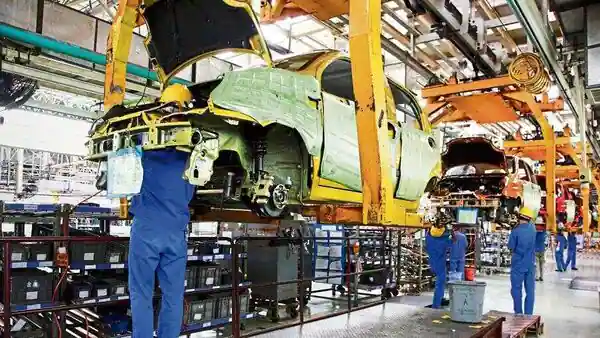[ad_1]
A thrust on rapid transition to green vehicles with lower and, ultimately, zero carbon emissions, has presented an opportunity for India’s auto sector to leapfrog to new technologies. Are we ready to seize it? Mint explains how production-linked incentive (PLI) schemes play a role:
How can PLI schemes help?
The auto sector represents nearly half of India’s manufacturing gross domestic product (GDP). However, indigenous production of auto components or technologies has not helped the industry move up the technological value-add ladder. As India and the world transition to green technologies and as global supply chain disruptions lead original equipment manufacturers (OEMs) to explore a ‘China + 1’ sourcing model, India is presented with a unique opportunity to build cutting-edge domestic capabilities in these areas, develop skill, overcome cost disabilities, create economies of scale, and build a robust supply chain.
Which plans can help build green ecosystem?
Local production of advanced and future-ready automotive technologies requires an ecosystem. The government is keen on nurturing it. To that effect, financial sops under three different PLI schemes—the PLI scheme for automobiles and auto components, the advanced chemical cell (ACC) battery storage scheme, and the scheme for the development of a semiconductor manufacturing ecosystem—directly and indirectly address the issues of encouraging local production of new technologies such as battery electric vehicles (BEVs), hydrogen fuel cells, and advanced auto components.

View Full Image
What is the status of the schemes?
Four companies have been cleared for benefits under the ACC battery PLI scheme with an outlay of ₹18,100 crore. The department of heavy industries has also approved 75 companies as Champion Component OEMs and 20 as Champion OEMs under the auto PLI scheme for proposed investments of close to ₹75,000 crore over five years.
Who will benefit from the schemes?
The Centre will extend incentives to existing players, startups, non-automotive or non-energy players in the battery production PLI scheme. In the PLI scheme for advanced automotive technologies, incentives will be for established foreign and domestic OEMs and new non-auto investors. Rajesh Exports and Ola Electric have qualified for the ACC PLI scheme. Startups in the electric vehicle and renewable energy space such as Axis Mobility, Hop Electric, and Ola Electric have won sops under the auto PLI scheme.
What is the industry’s reaction?
The PLI scheme enforces a positive bias towards technology-led capacity enhancement, said Vivek Vikram Singh, managing director and chief executive, Sona Comstar. The scheme can effectively be read as a “tech-led incentive scheme”, Singh added. The PLI schemes, which began with incentivizing cellphone production, have now been expanded to areas such as semiconductors and hydrogen fuel cells and have made an alternative capital pool available, said Prakash Bagla, director, Motilal Oswal Private Equity.
Never miss a story! Stay connected and informed with Mint.
Download
our App Now!!
[ad_2]
Source link








